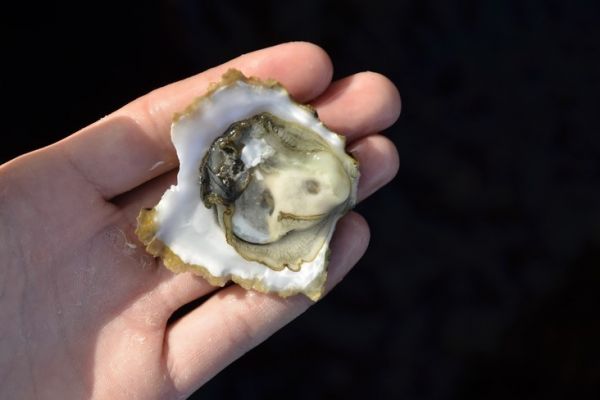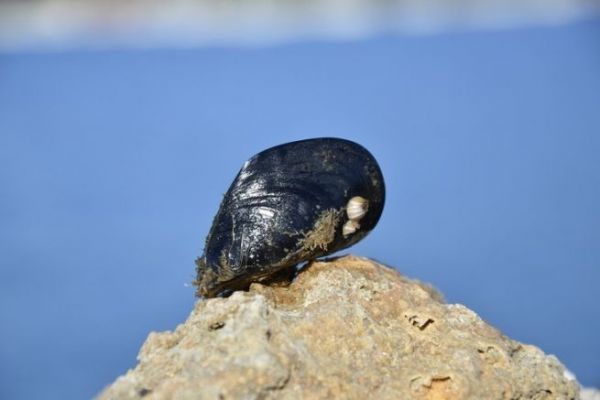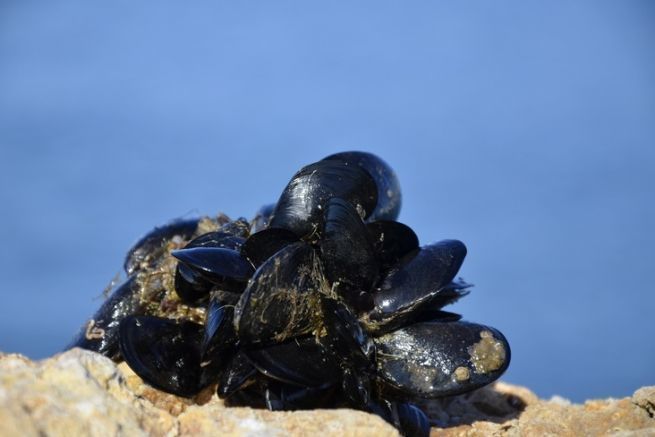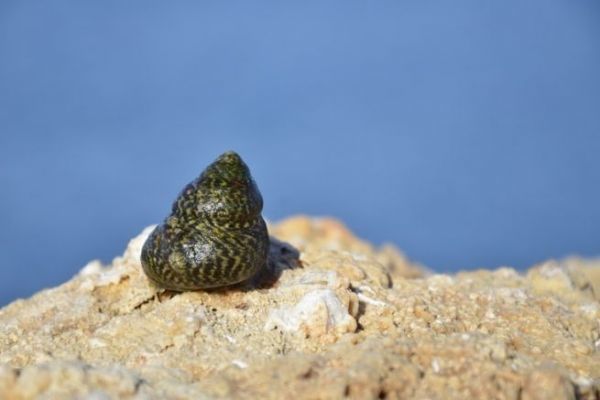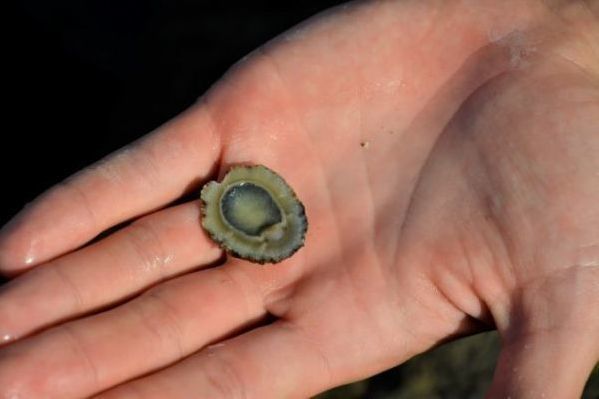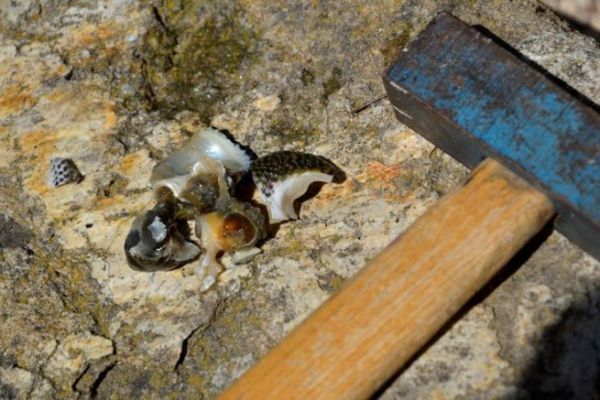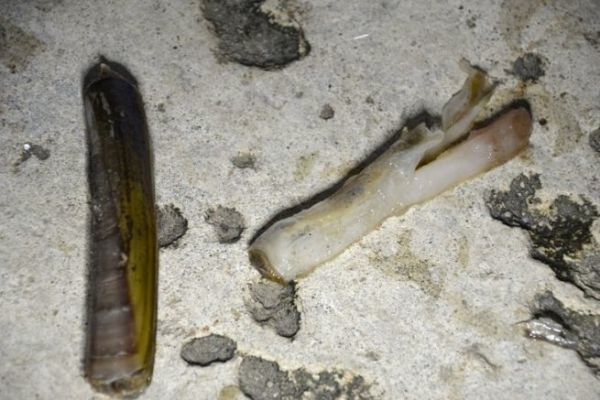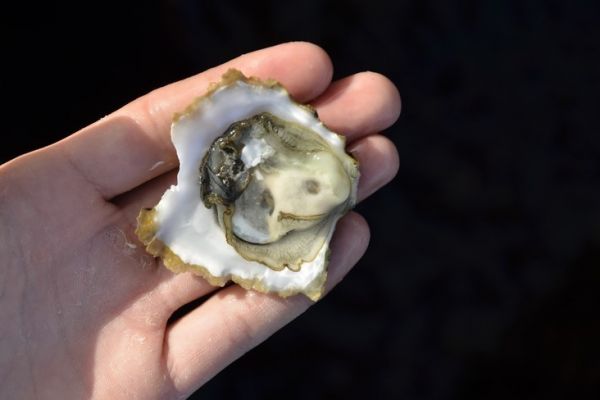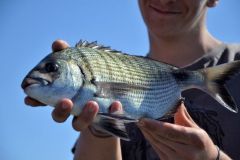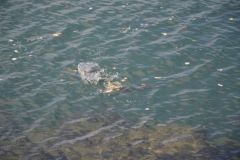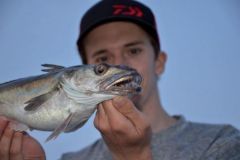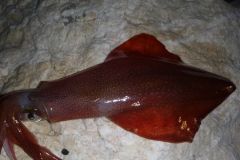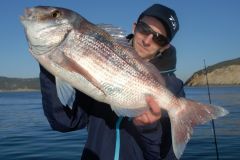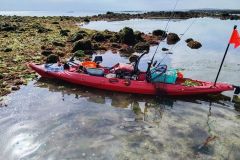The oyster, a common shellfish
While it's easy to buy oysters from your local fishmonger, there are plenty of opportunities to harvest this shellfish yourself. Wild oysters can be picked up on fishing trips or even in less-frequented areas. Indeed, in harbours and rocky areas, many shellfish can be harvested, as these are areas less subject to fishing pressure. Of course, if oysters are harvested in harbours, they should not be eaten, but simply used as bait for fishing.
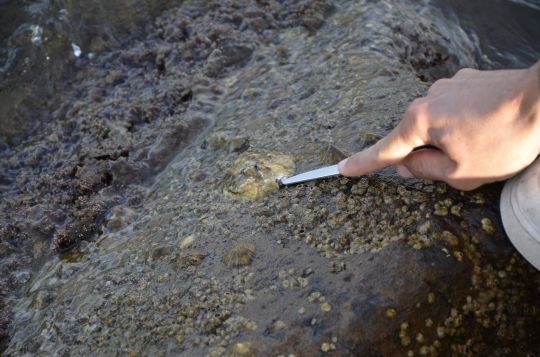
To comply with current legislation, it is important to consult the authorized fishing periods and minimum catch sizes. All varieties of oysters are suitable for fishing, although larger, fleshier shellfish should be preferred.
Fishing with oysters
Different fishing techniques can be used to catch oyster meat: cork fishing, toc fishing or wedge fishing. Oysters are mainly used as bait in calm seas around rocky areas or harbours. Many species of fish can be caught using oysters as bait.
Sars, mullets and bream appreciate most shellfish, including oysters. Marblefish, like most small fish, are not insensitive to a properly baited hook either. The volume of bait to be put on the hook depends on the species targeted and the size of hook required.
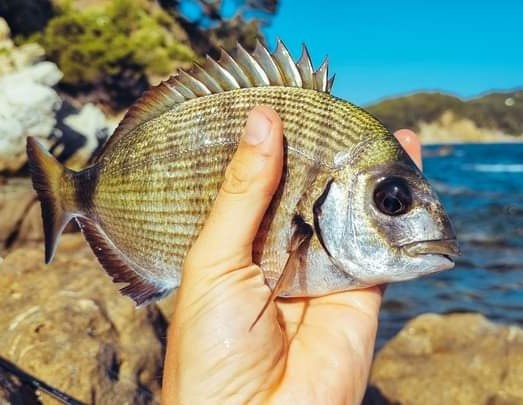
Harden flesh for better hook hold
The main drawback of the oyster as bait is that it is a shellfish with very tender flesh. As a result, its hold on the hook is not always effective and can complicate fishing. However, it is still possible to strengthen the oyster's flesh by salting.
To do this, place the oyster flesh on an absorbent support (such as a wooden crate) and spread a little salt over the flesh. In this way, the juice from the flesh will come out after about 3 days. This method hardens the flesh and preserves it for several days.

 /
/ 